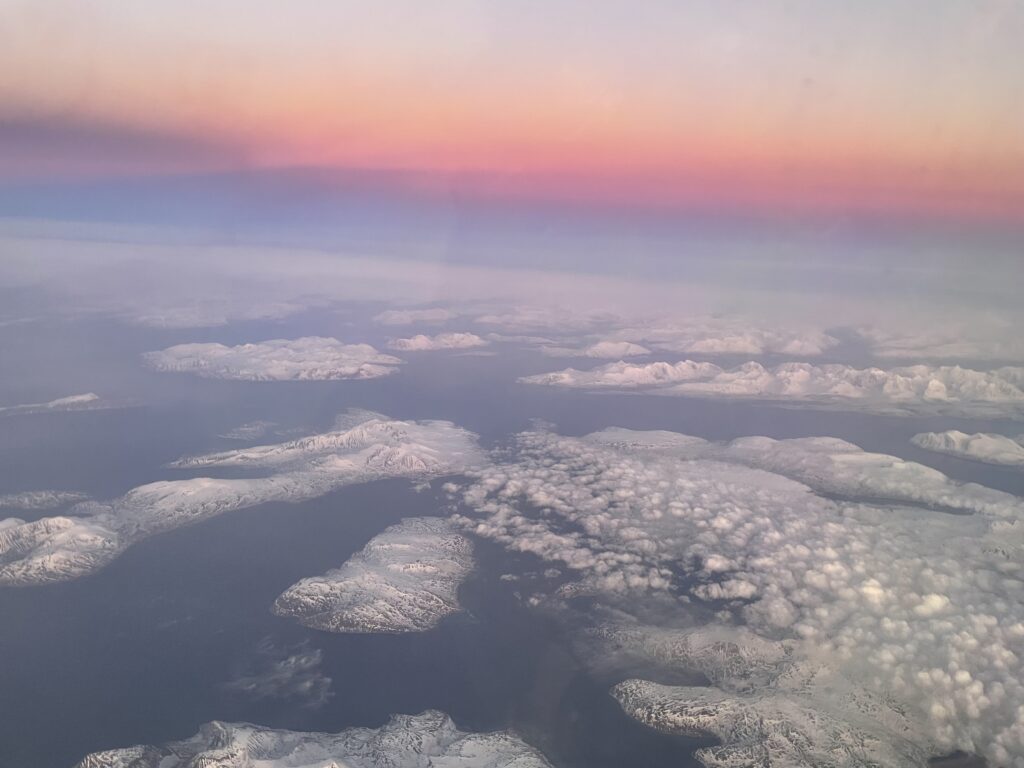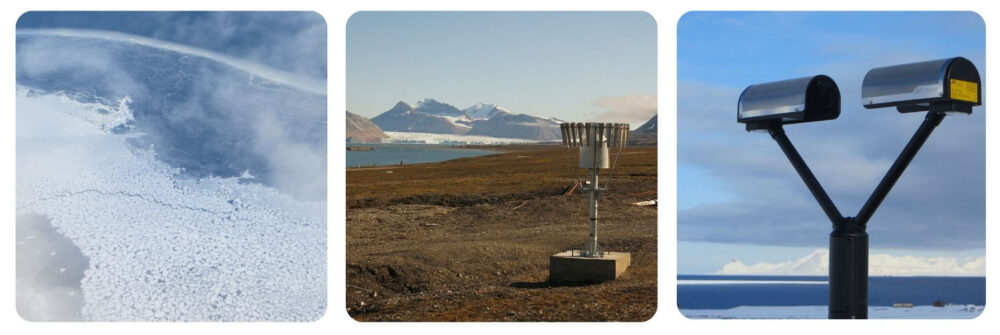The goal of the HALO-(AC)3 campaign is to gain a better understanding of the air mass transformations within a Warm Air Intrusion (WAI) and Cold Air Outbreak (CAO). During a WAI, warm and moist air is transported into the Arctic. During a CAO cold and dry air is transported out of the Arctic.
On the 11th of March, the research aircraft HALO from the German Airspace Centre arrived from Oberpfaffenhofen in Kiruna. HALO is able to fly at higher altitudes (up to 15km) and reach longer distances (up to 10 000km). Therefore, it is able to monitor these systems.
Just arrived in Kiruna, HALO spent the following 5 days in the air. Luckily, a WAI (day 1 – 3) and an Atmospheric River (AR) (day 4 – 5) were expected. Atmospheric Rivers are long narrow bands which transport a huge amount of water vapor. They are responsible for 80-90% of the poleward moisture transport. The understanding in how far ARs influence the Arctic climate system needs further investigation. Therefore, we will use measurements taken during the HALO-(AC)3 campaign.
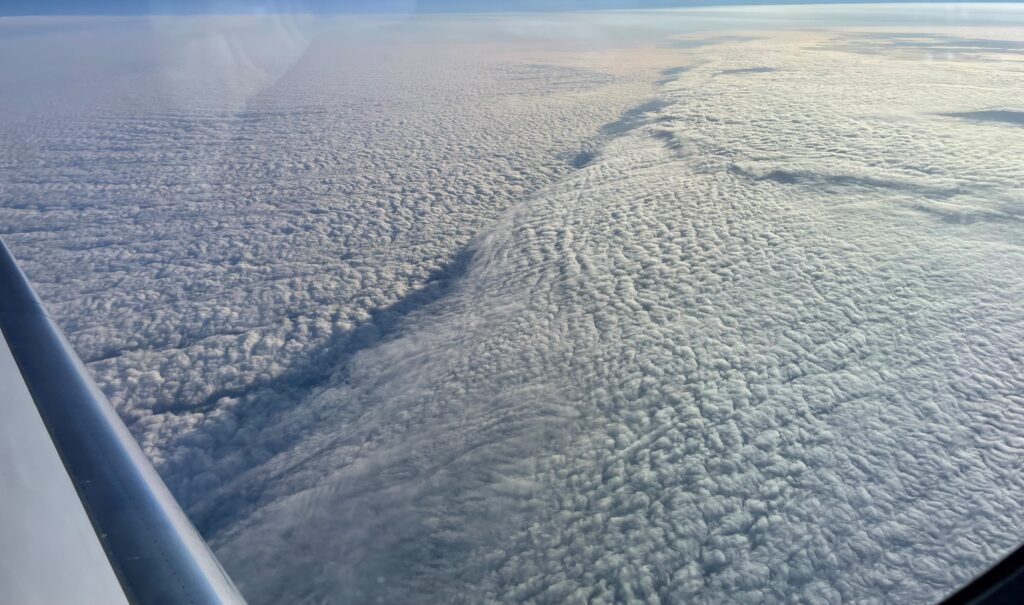
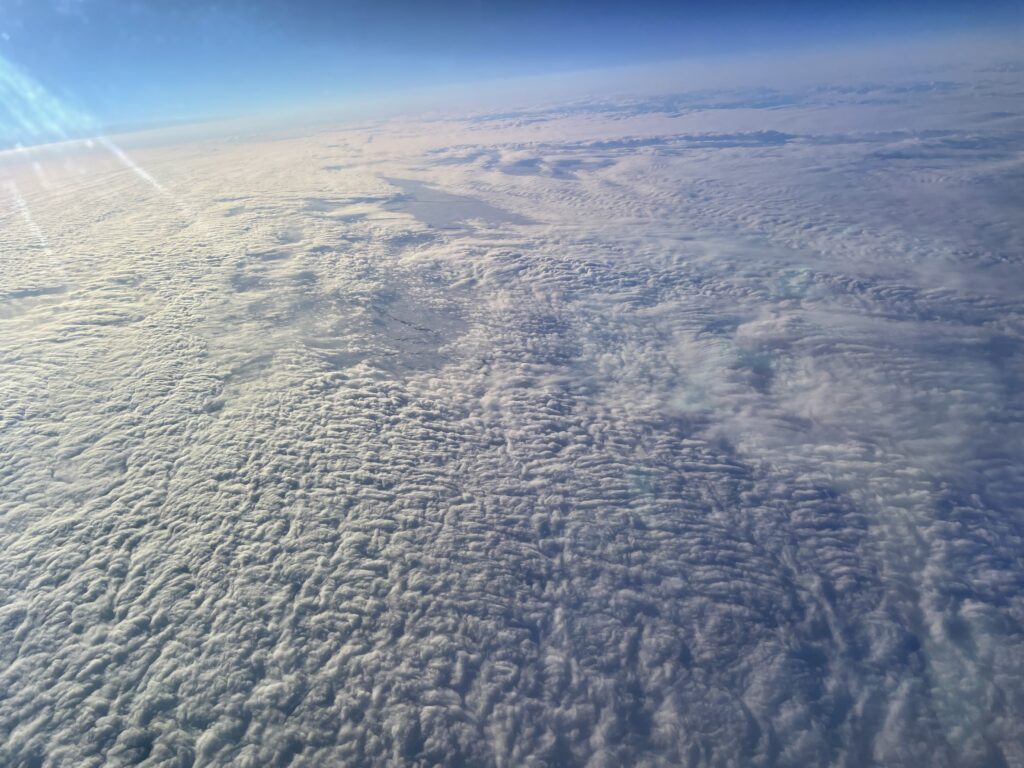
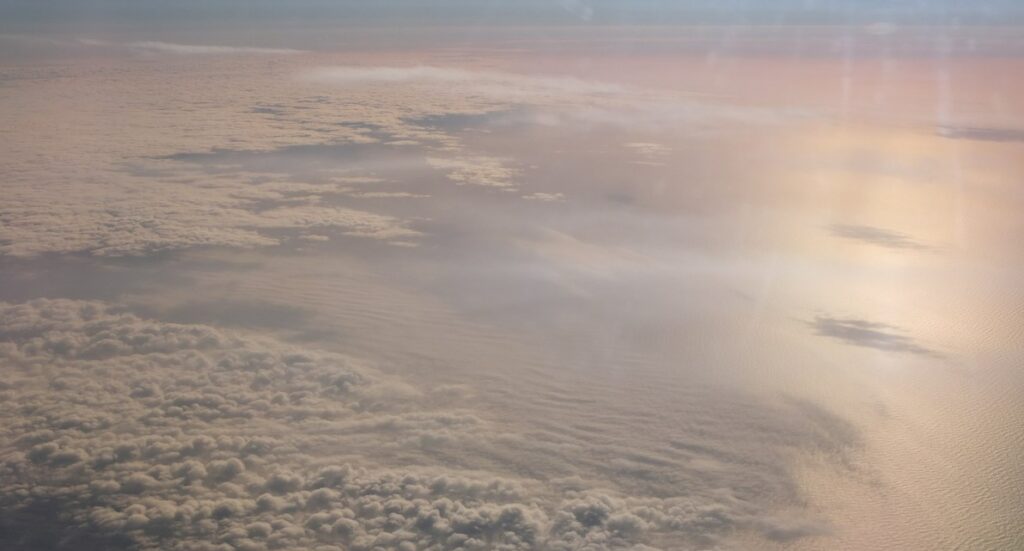
Before HALO takes off for the measurement flights, instruments have to be checked in the early morning. Subsequently, there is a pre-briefing during which it is decided if the planned flight can be carried out or not. After that, the instruments are checked again, HALO is refuelled, the crew members take their seats and the doors will close. HALO is ready for takeoff!
On the 13th of March, HALO set off on its first research flight with 7 scientists, 2 pilots and a technician on board. The goal was to capture the WAI coming from the Atlantic Ocean towards the Arctic. This WAI remained for 3 days over the Fram Strait between Greenland and Svalbard. The changes of this air mass were investigated during these days. First measurements have shown that the near-surface air temperature was 20°C higher than expected. But not only the high temperatures, but also the height of the tropopause and the type of precipitation with rain over sea ice, was exceptional for this time of the year.
Following this WAI, an AR followed. This AR lasted for two days. Compared to the WAI on the previous days, the AR brought more moisture and warmer air into the Arctic. The warmer air and also the rain caused the melting of sea ice north of Svalbard.
